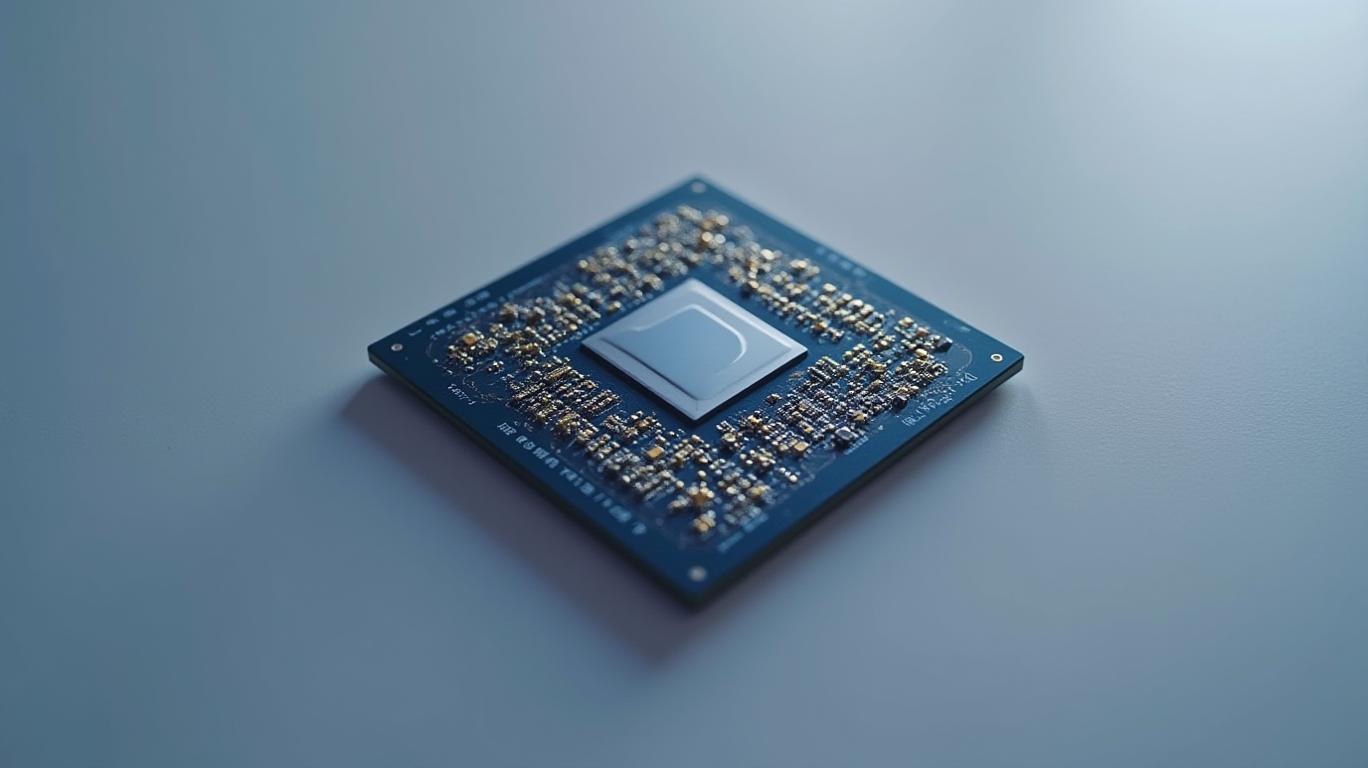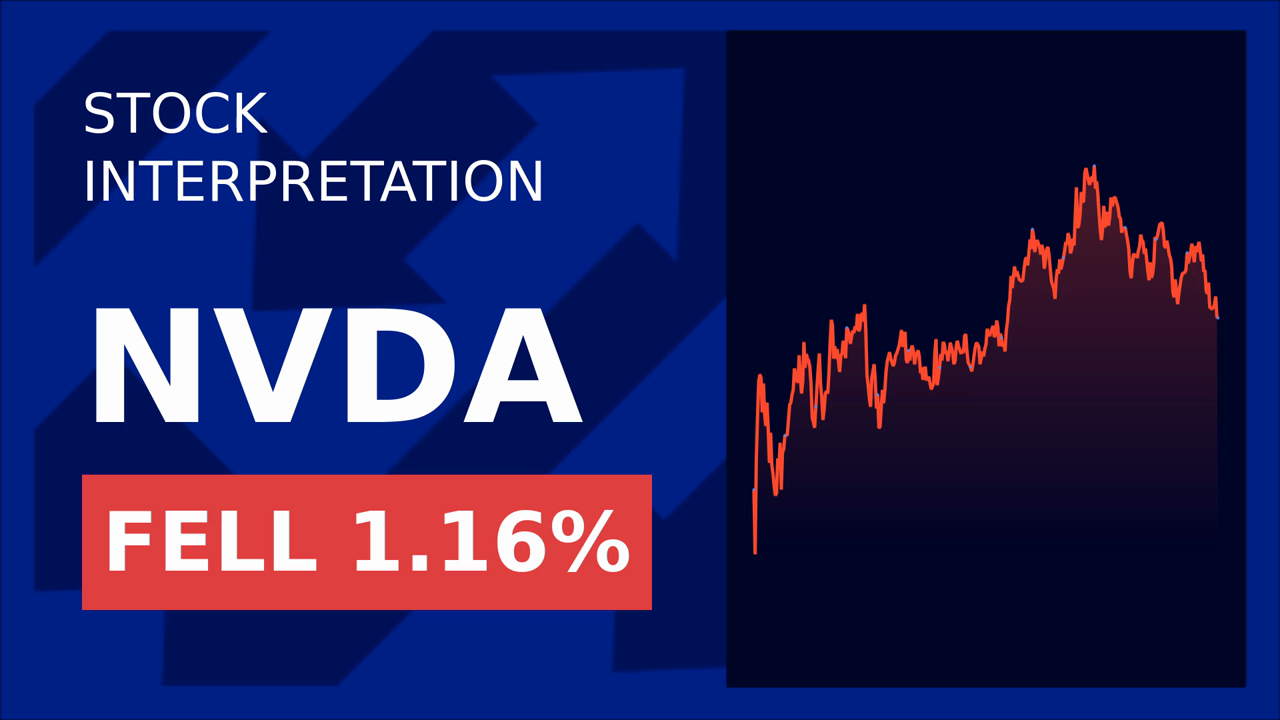Huawei’s AI Chip Ambition: A Shot Across Nvidia’s Bow?
The rivalry between Huawei and Nvidia has taken a dramatic turn as China’s tech giant prepares to challenge the American semiconductor colossus in the high-stakes AI chip market. With its new Ascend 910D AI processor, Huawei aims to rival Nvidia’s H100—a chip banned from sale to China since 2022—and capitalize on U.S. export restrictions that have crippled access to advanced AI hardware. The stakes are enormous: Nvidia’s dominance in AI training systems faces its most serious challenge yet, while Huawei bets on domestic innovation to fill the void.

The Technical Race
Huawei’s Ascend series has evolved rapidly. The upcoming 910D, still in testing, is positioned to outperform the H100, though exact benchmarks remain undisclosed. Its predecessor, the 910C, achieves H100-like performance by bundling two 910B processors into a single package, albeit with 60% of the H100’s inference speed. Meanwhile, the next-gen Ascend 920, slated for mass production in late 2025, promises even greater capabilities: a 6nm chip delivering over 900 teraflops (TFLOPS) with HBM3 memory modules.
This progress is no accident. Huawei’s timing aligns with U.S. sanctions that have barred Chinese firms from accessing Nvidia’s H20 and H100 chips since 2022. The April 2025 expansion of these restrictions, which targeted AMD’s MI308 as well, prompted Huawei to announce the Ascend 920 days later—a clear play to seize market share.
Geopolitical Gales and Financial Crosswinds
The sanctions have already inflicted severe damage on Nvidia. The company reported a $5.5 billion write-down in its first fiscal quarter of 2025, with JPMorgan analysts estimating annual losses could hit $16 billion. China accounts for 13% of Nvidia’s revenue, though some analysts argue this figure understates indirect dependencies, which could be as high as 40%.
Huawei, meanwhile, is aggressively scaling up production. Over 800,000 units of the 910B and 910C are slated for 2025 shipments to Chinese customers, including state-owned telecoms and AI developers like ByteDance. Its CloudMatrix 384 system—a cluster of 384 910C chips—already rivals Nvidia’s Blackwell-based servers, albeit with higher power consumption.
Investors have taken note: Nvidia’s shares fell over 2% in early 2025 on reports of Huawei’s advancements, signaling concerns about losing market share. The company also faces a federal probe into its compliance with U.S. export controls, adding regulatory risk to its challenges.
Risks and Realities
Yet Huawei’s ambitions are not without hurdles. Its chips rely on China’s Semiconductor Manufacturing International Corporation (SMIC), which lacks access to extreme ultraviolet (EUV) lithography technology—a critical tool for advanced chipmaking. This has led to yield issues and higher costs, prompting skepticism from analysts like Wedbush’s Matt Bryson, who dub Huawei’s claims “powerpoint silicon.”
Supply chain constraints loom large. Huawei’s 910 series uses older HBM2 memory technology and pre-sanction TSMC chips, workarounds that may limit scalability. Even if the 920 meets performance targets, mass production at competitive costs remains unproven.
The Bottom Line: A New Balance of Power?
Huawei’s progress underscores a broader geopolitical shift: China’s push for semiconductor self-reliance is gaining traction. The ascendance of its domestic AI chip ecosystem, bolstered by state support and urgency, threatens Nvidia’s stranglehold on the market. Yet the U.S. retains a critical edge in advanced chip design and manufacturing.
Investors must weigh two scenarios:
1. Huawei succeeds: A viable alternative to Nvidia could permanently shrink the latter’s market share in China and neighboring markets, while boosting Huawei’s cloud and enterprise offerings.
2. Technical barriers persist: Supply chain limitations could stall Huawei’s ambitions, leaving Nvidia’s dominance intact—though its revenue loss from China remains a lingering threat.
Conclusion: A Tightrope Walk for Both
Huawei’s AI chip push is a bold bet on China’s ability to innovate under pressure. While the Ascend series is closing the performance gap, the company’s supply chain challenges and reliance on outdated tech pose significant risks. For Nvidia, the sanctions-driven crisis has already dented its finances, but its technological lead and global ecosystem remain formidable.
The data paints a nuanced picture: Nvidia’s stock dip and write-downs reflect investor anxiety, while Huawei’s 800,000-unit shipment target signals pent-up demand. Yet without EUV and HBM3 breakthroughs, Huawei’s edge may remain fragile. Investors should monitor SMIC’s progress, U.S.-China trade dynamics, and real-world benchmarks of the Ascend 920. The AI chip war is far from over—but its outcome will reshape the global tech landscape for years to come.










